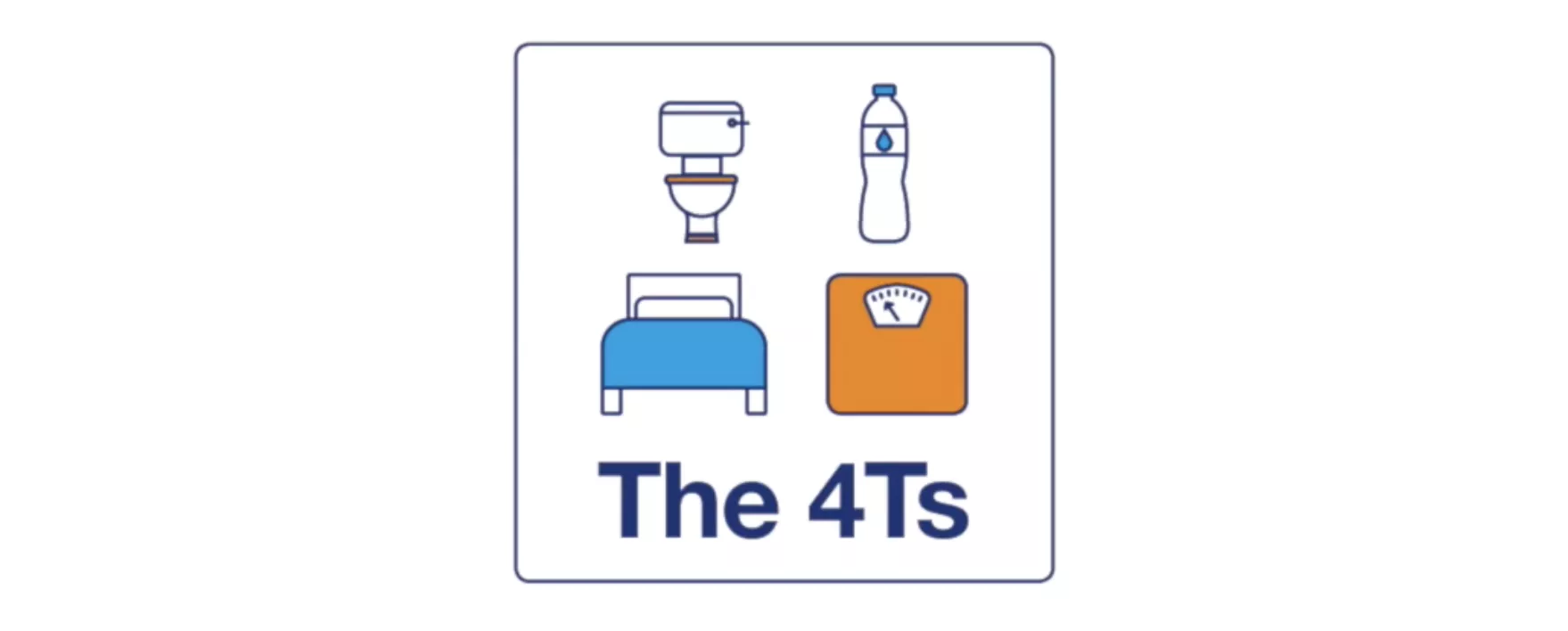
We’re urging parents not to let coronavirus fears stop them from seeking medical help if they're worried their child is showing the signs and symptoms of type 1 diabetes during lockdown.
The NHS is open
On Wednesday 8 April, Professor Stephen Powis, National Medical Director of NHS England, said that the public should continue to seek emergency care during the coronavirus lockdown period if it is needed.
In light of this, we want to remind parents to be aware of the 4Ts of type 1 diabetes, and reassure you that if your child needs urgent help during this time - the NHS is open.
Type 1 diabetes is the most common form of diabetes in children and young people. But our new research has found that almost a quarter (23%) of all newly diagnosed children and young people with type 1 diabetes in England and Wales were not formally diagnosed until they had become seriously ill with diabetic ketoacidosis (DKA).
This analysis is based on the National Paediatric Diabetes Audit Hospital admissions and complications reports 2012-2015 (2017). They show show that each year around 600 children and young people received a type 1 diabetes diagnosis only after they developed DKA.
DKA is life threatening but, in most cases, preventable. Acting quickly can save lives, so it’s important we continue to raise awareness about the common early symptoms of type 1 diabetes. This will help more children be diagnosed earlier, and reduce their risk of developing DKA.
What are the 4Ts?
The early signs and symptoms are easy to mistake for a viral infection or other illness, which is why it’s so important to be aware of the 4Ts:
- Toilet - going to the toilet a lot, bed wetting by a previously dry child or heavier nappies in babies
- Thirsty - being really thirsty and not being able to quench the thirst
- Tired - feeling more tired than usual
- Thinner - losing weight or looking thinner than usual
The 4Ts are also the most common symptoms in adults, who should equally be aware of the signs of type 1 diabetes. Other symptoms can include infections such as thrush, or blurred vision.
These symptoms can come on very quickly – over a few days or weeks – and need urgent treatment. Without it, consistently high blood sugar levels can lead to DKA. This can often be treated with insulin and fluids if it is picked up quickly, but the life-threatening complication could be prevented entirely if the signs of type 1 diabetes are spotted early.
While the UK is under lockdown, we have been hearing from clinicians that disproportionate numbers of young people are arriving for urgent care already in DKA, highlighting the need to act fast if you suspect type 1 diabetes.
Dan Howarth, Head of Care at Diabetes UK, said:
“We know that parents currently have a million things on their mind, and they’re doing everything they can to keep themselves and their families safe during the coronavirus outbreak.
But diabetic ketoacidosis can be a life-threatening complication of diabetes. If a child or young person does not receive immediate treatment for DKA, it can lead to coma, or even death.
It is vital that parents are aware of the early signs of type 1 diabetes and seek help if they need it. The NHS is open, and the health service is still there for you. The quicker children are diagnosed the less likely they are to become seriously ill. If you spot the signs, please call 999.”
